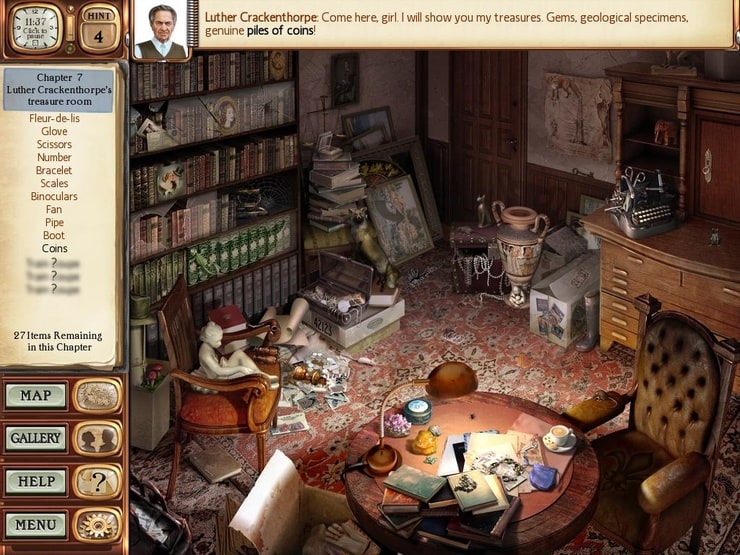
It is easy to see how a childhood experience of living in these great houses, especially one as happy as Christie’s appears to have been, allowed her to take what is ultimately a more playful view of them than what we find in the Gothic tradition. It was ‘a wonderful house to have Christmas in if you were a child,’ she wrote, ‘an enormous Victorian Gothic, with quantities of rooms, passages, unexpected steps, back staircases, front staircases, alcoves, niches’ and ‘three different pianos’ to play. Christie wrote the novel After the Funeral and the short story ‘The Adventure of the Christmas Pudding’ while staying there, and it featured as the Chimneys estate in two thrillers from the 1920s, The Secret of Chimneys and The Seven Dials Mystery. Abney Hall in Cheshire, was a special favourite of young Agatha, who was a frequent visitor. The eponymous ‘Crooked House’ probably took something from her own Styles. She was born into a wealthy and well-housed family, so Styles Court, the country estate that became a rehabilitation centre for British officers, could have taken its form from Ashfield, the house she grew up in and continued to use throughout her adult life, or from Abney Hall, which belonged to the family of her sister Madge’s husband, James Watt. There are many houses Christie knew that likely inspired her settings.

The Body in the Library (1942) has classic Cluedo appeal, but And Then There Were None (1939), one of her best-loved tales, brought the murder mystery to a new level of cunning and, as the guests are stranded at an island residence, gave the house even more prominence as an accomplice. Crooked House (1949), often noted by Christie as one of her personal favourites, features a large gabled, half-timbered mansion in London. They named the mock-Tudor house ‘Styles,’ after the book that launched her career.

Christie and her first husband, Archie, acquired their own large house in the countryside in Berkshire after the publication of her breakthrough novel, The Murder of Roger Ackroyd. Styles is revisited in Curtain (1975), though at this point it has suffered the ignominious fate (mourned so bitterly in du Maurier’s early draft of Rebecca) of being turned into a guest house. de Winter narrating her late encounters with evil.Ĭhristie’s first published novel, The Mysterious Affair at Styles (1921), is set in a large country house, Styles Court, in Sussex, and was written from her own large family home, Ashfield, in Torquay, Devon, as well as from her room at the Moorland Hotel on Dartmoor.
AGATHA CHRISTIE GAMES MOD
Her readers more like Catherine Morland in excitable sleuthing mod than Mrs. In doing so, she also gave some of the grander houses new identities as places of intrigue but without the sense of terror of previous treatments. But it is for popularizing the ‘murder mystery’ set in a specific place with an array of potential suspects that she is best known. She became the bestselling author of all time, and her characters emerged from the page onto stage, television and film. Not all of these took place in large old English mansions her settings evolved over time to include modern houses and apartments, as well as trains, pleasure boats and archaeological encampments. If du Maurier re-invigorated the Gothic house with modern passion and intrigue, Agatha Christie turned it into something of a three-dimensional game-board in which to reconfigure characters and objects to act out the varied plots of her seventy-six novels, 158 short stories and fifteen plays.


 0 kommentar(er)
0 kommentar(er)
